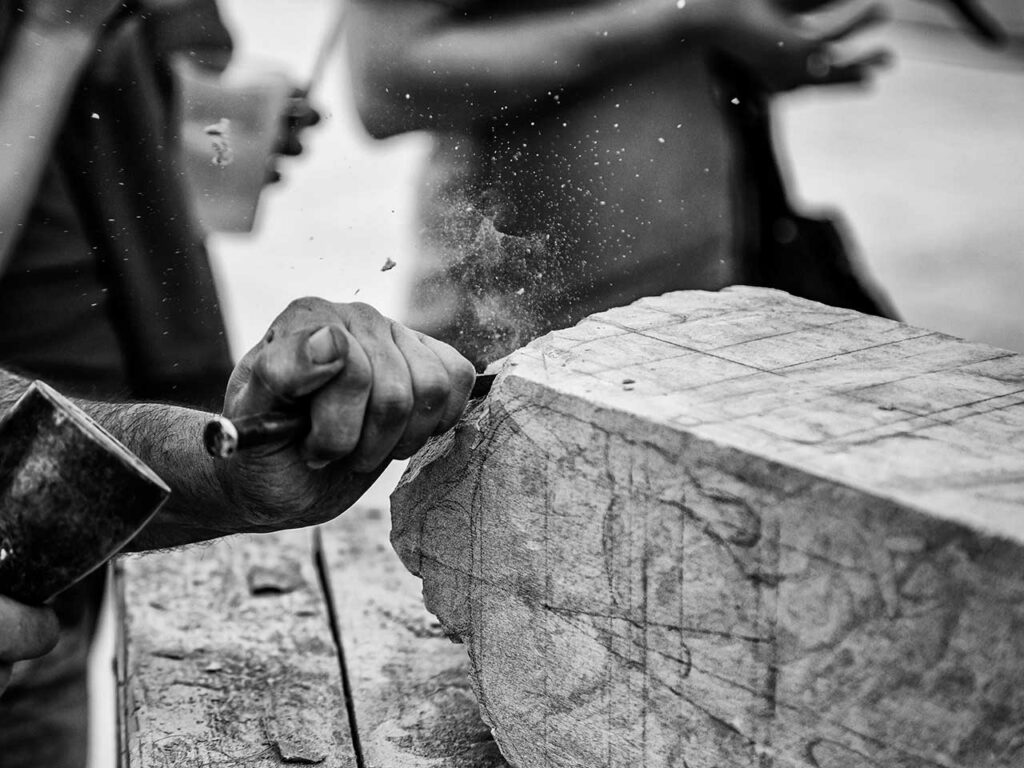Choosing the Medium: Talent Acquisition
In the art gallery of the business world, leading Human Resources (HR) resembles the process of sculpting a masterpiece. Much like a skilled sculptor who transforms raw material into a work of art, an HR leader shapes, refines, and polishes human talent to build a thriving organization.
This guide explores how the principles of sculpting apply to HR management, offering insights into the creative and strategic process of people management.
-
- Sculptor: Selects the right material for the piece.
- HR Management: Chooses the right candidates who fit the culture and needs of the organization.

Shaping the Form: Onboarding and Training
- Sculptor: Begins to shape the material, laying out the basic form.
- HR Management: Integrates new employees, provides training, and sets them on the path to success.
Carving Details: Employee Development
- Sculptor: Adds fine details that bring the sculpture to life.
- HR Management: Focuses on continuous learning, skill development, and career growth.
Polishing the Surface: Performance Management
- Sculptor: Smooths and polishes the surface for the final appearance.
- HR Management: Conducts performance evaluations, offers feedback, and motivates employees for optimal performance.
Mending Cracks: Conflict Resolution
- Sculptor: Repairs imperfections and strengthens the structure.
- HR Management: Resolves conflicts, maintains harmony, and builds a supportive work environment.
Displaying the Work: Employee Engagement and Culture Building
- Sculptor: Places the artwork in the right setting to be appreciated.
- HR Management: Builds a positive workplace culture, engages employees, and highlights their contributions.
Preserving the Masterpiece: Retention and Succession Planning
- Sculptor: Ensures the longevity and preservation of the piece.
- HR Management: Implements retention strategies, focuses on employee well-being, and plans for future leadership.
Conclusion:
The art of sculpting offers a unique and compelling metaphor for leading HR in a business. Both activities require vision, creativity, patience, and a keen understanding of the material at hand.
In your role as an HR sculptor, may your vision be clear, your touch gentle yet firm, your masterpiece harmonious, and your legacy enduring. The craft of sculpting can inspire HR leaders to see their work not merely as a series of tasks but as a creative process that shapes the very essence of an organization.
Whether a novice in HR or a seasoned artist in the field, let the principles of sculpting guide your people management. By embracing these artistic practices, you can sculpt a workforce that is not only effective and efficient but also inspired, engaged, and truly a masterpiece of human potential. Happy sculpting, and successful leading!

